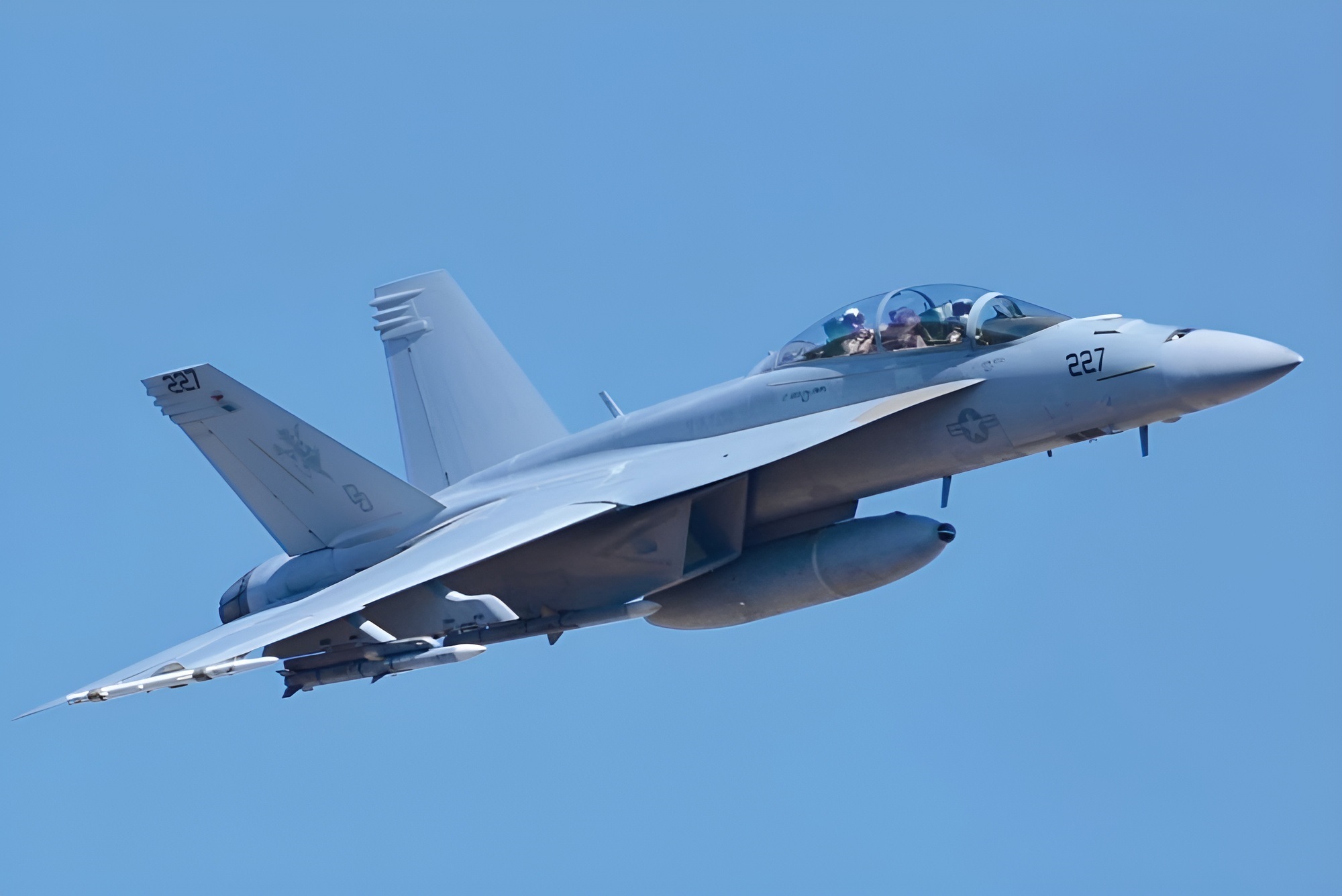The Royal Australian Air Force (RAAF) is set to significantly boost the capabilities of its F/A-18F Super Hornets with the acquisition of 12 ASG-34A(V)1 Block II Infrared Search and Track (IRST) pods. This acquisition is part of a broader effort to ensure that Australia’s premier air combat assets remain at the cutting edge of modern aerial warfare. The $74 million deal, secured through a Foreign Military Sales (FMS) agreement with the U.S. Navy, will see these advanced systems delivered by the end of 2025, fortifying the RAAF’s ability to operate in highly contested environments. A spokesperson from the Australian Department of Defence confirmed to Australian Defence Magazine that the delivery of these Block II IRST pods will occur across 2024 and 2025. Notably, the integration of these advanced sensors will not require the F/A-18Fs to be upgraded to the more modern Block III standard. This allows the pods to be incorporated into the current fleet with minimal modifications, ensuring a faster and more cost-effective enhancement of the aircraft’s capabilities.
The RAAF operates a fleet of 24 F/A-18F Super Hornets, which were acquired under a $6 billion deal with the United States to replace Australia’s aging F-111 fleet. Delivered between 2010 and 2011, the Super Hornets reached full operational capability in December 2012 and have since served as a versatile backbone of Australia’s air combat force. The aircraft is equipped with cutting-edge systems, including AIM-120 AMRAAM and AIM-9X Sidewinder missiles, GPS-guided JDAM munitions, laser-guided bombs, and AGM-84 Harpoon anti-ship missiles. It also boasts a formidable 20mm M61A2 Vulcan gun, mounted in the aircraft’s nose for close-range engagements. Australia’s Super Hornets are currently undergoing phased upgrades through the Super Hornet Spiral Upgrade Program, which is aligned with the U.S. Navy’s modernization efforts for the same platform. These upgrades include improvements to navigation, targeting, and electronic warfare capabilities, ensuring the Super Hornet remains competitive in the face of rapidly evolving threats. The introduction of Block II IRST pods will further augment these upgrades, enhancing the aircraft’s ability to operate in electronic warfare-heavy or radar-denied environments.

The Block II IRST pods are advanced systems designed to give the F/A-18F Super Hornets a significant edge in long-range detection, tracking, and engagement of airborne threats. These systems are essentially modified FPU-12/A fuel tanks, known as FPU-13/A, which house the Lockheed Martin IRST21 sensor. While the tanks reduce fuel capacity by 490 liters compared to standard fuel tanks, the enhanced detection capabilities they offer make this trade-off worthwhile in many combat scenarios. The IRST sensor itself is a passive, long-wave infrared system that provides a vital countermeasure to modern electronic warfare threats, which can severely degrade traditional radar capabilities. In a contested or radar-denied environment, the IRST allows the Super Hornet to detect and track enemy aircraft using heat signatures rather than relying on active radar emissions, which can be jammed or detected by adversaries. The system works autonomously or in conjunction with other onboard sensors to guide beyond-visual-range air-to-air missiles, such as the AIM-120 AMRAAM and AIM-9X Sidewinder Block II, towards their targets.
Unlike its predecessor, the Block I IRST, which has been deployed in limited numbers for testing and development purposes, the Block II version offers superior performance and improved compactness, allowing for more fuel to be carried in the remaining portion of the tank. Initial tests of the Block II pods, which began flying in 2019, demonstrated tactically relevant detection ranges against operational targets, providing the RAAF with a crucial capability for detecting and engaging advanced threats at long range. The system operates as a complementary sensor to the F/A-18F’s AN/APG-79 radar, providing a robust situational awareness and targeting advantage in complex environments. While the acquisition of the Block II IRST pods represents a significant leap forward for the RAAF, several developmental hurdles remain. The IRST Block II program still faces challenges related to software integration and the need to address certain deficiencies identified during developmental testing. One of the primary concerns is the need to convert long-range target detections into stable system tracks to enable precise weapons employment. Without resolving these issues, the system’s full potential in combat situations could be hindered. The F/A-18F’s operating software requires further updates to seamlessly integrate the new pods into the aircraft’s existing sensor suite.
















